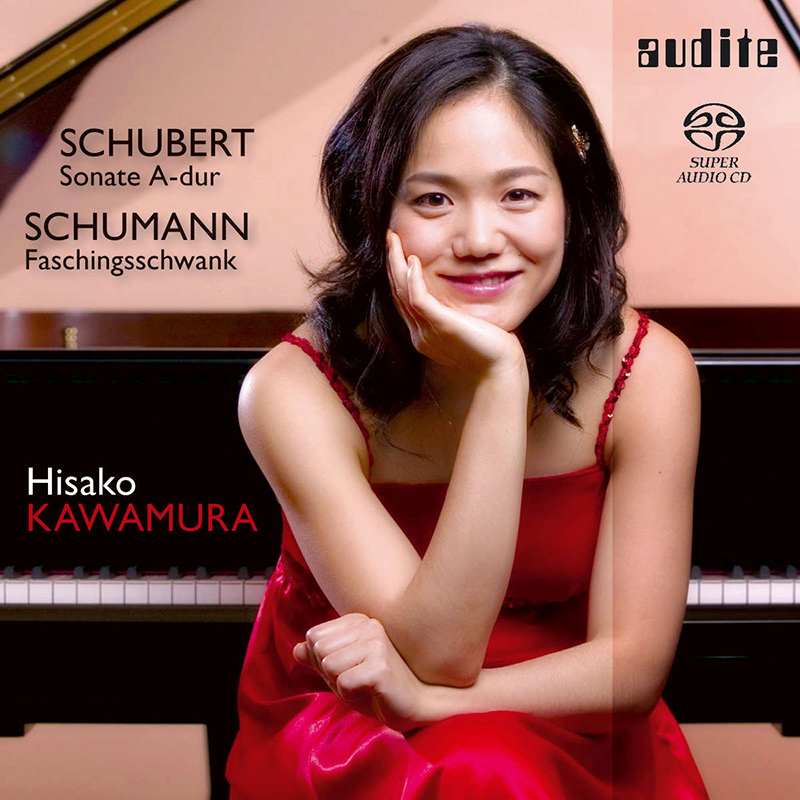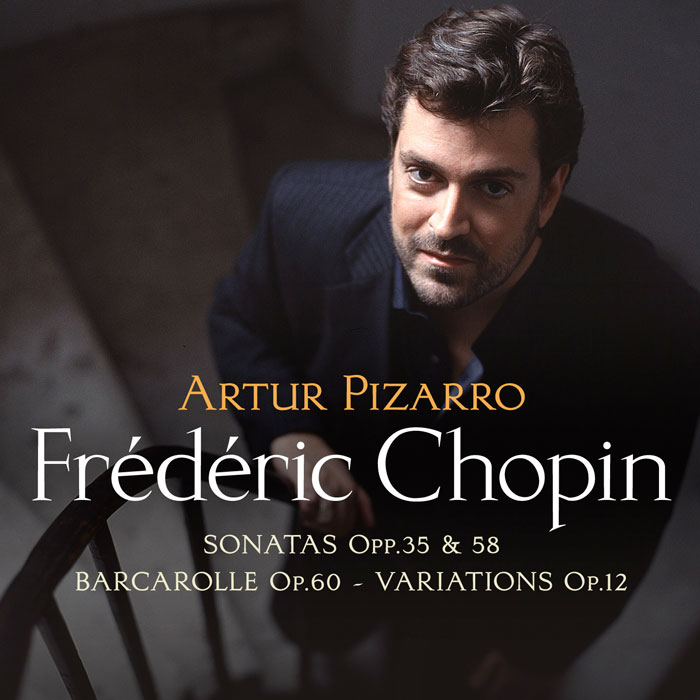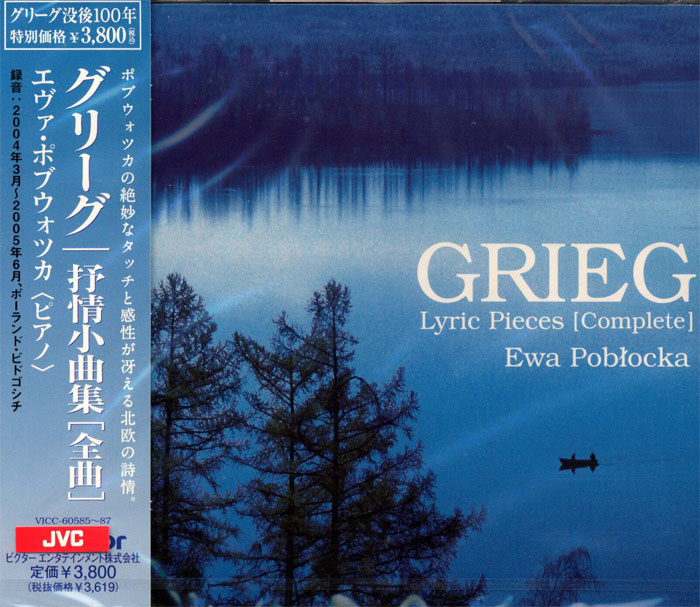Logowanie
Mikołaj - ten to ma gest!
Elton John, The Mamas & The Papas, Cat Stevens, Rod Stewart, Bobbie Gentry, Stevie Wonder, Engelbert Humperdinck
Memory Lane
Edycja Numerowana - 1000 egzemplarzy w skali światowej
RACHMANINOV, Eiji Oue, Minnesota Orchestra
Symphonic Dances / Vocalise
Best Recordings of 2001!!! NAJCZĘŚCIEJ KUPOWANA PŁYTA Z RR!
Karnawał czas zacząć!
Music of Love - Hi-Fi Latin Rhythms
Samba : Music of Celebration
AUDIOPHILE 24BIT RECORDING AND MASTERING
CHOPIN, LISZT, DEBUSSY, DVORAK, Gerhard Oppitz
Dances romantiques - A fantastic Notturno
Wzorcowa jakość audiofilska z Clearaudio
Winylowy niezbędnik
ClearAudio
Double Matrix Professional - Sonic
najbardziej inteligentna i skuteczna pralka do płyt winylowych wszelkiego typu - całkowicie automatyczna
SCHUBERT, SCHUMANN, Hisako Kawamura
Sonata in A major / Faschingsschwank
- Hisako Kawamura - piano
- SCHUBERT
- SCHUMANN
"Hisako Kawamura legt ein Diskus-Debüt hin, an dem alles stimmt, was nur stimmen kann: Es ist manuell perfekt, musikalisch klangschön, ausgewogen und flüssig, und sogar die beträchtlichen gestalterischen Hürden werden von ihr mit sozusagen lächelnder Selbstverständlichkeit genommen. Für sich betrachtet also eine fabelhaft runde Sache, und auch die Aufnahme des ungewohnt weich intonierten Kawai-Flügels lässt keine Wünsche offen." (Fono Forum) Two months before his death in 1828, Franz Schubert wrote three final piano sonatas which form the high point of his piano oeuvre. Above all, the A major Sonata, D 959 is characteristic of Schubert’s highly individual handling of sonata form. Figured themes, episodic extensions, but also rhythmic wit, bold outbursts and perfect proportions make it a Schubertian delicacy. Despite the high musical value of his compositions, the Viennese master’s production was already forgotten a few years after his death. It was Robert Schumann who persistently pushed for a revival of the “great” C major Symphony of Schubert, thus turning the attention of the musical world towards the Viennese composer. Schumann also occupied himself intensively with sonata form: his “Faschingsschwank aus Wien” (Carnival Jest from Vienna) is an original attempt at an alternative to the sonata cycle. Outwardly continuing the idea of a series of character pieces that he had realised in “Carnival,” Schumann is less concrete in this work; it is marked by abrupt contrasts, varying between effervescent lightness and inward-looking reflection, wandering harmonies, passionate, fantasy-like expression and high virtuosity. Schumann follows his own advice in this sonata-in-disguise: “So go ahead and write sonatas or fantasias (what does the name matter?), but don’t forget the music, and implore the rest from the good genius.” The pianist Hisako Kawamura, born in Japan and living in Germany, has won prizes at renowned international competitions. She won first prizes at the “Concours Clara Haskil” in Vevey, the “A. Casagrande International Piano Competition” in Terni, the “G.B. Viotti International Music Competition” in Vercelli and the “Chopin Competition” in Darmstadt; in addition she became laureate at the “Concours Géza Anda” in Zurich, the “ARD International Music Competition” in Munich and the “Queen Elisabeth International Music Competition” in Brussels. Numerous concert engagements have taken her through Germany, Europe and Japan. On the occasion of the Schumann anniversary audite presents her impressive debut recording as a redesigned digipack with new cover picture. >>> WYBRANE RECENZJE Z PRASY ŚWIATOWEJ <<<































